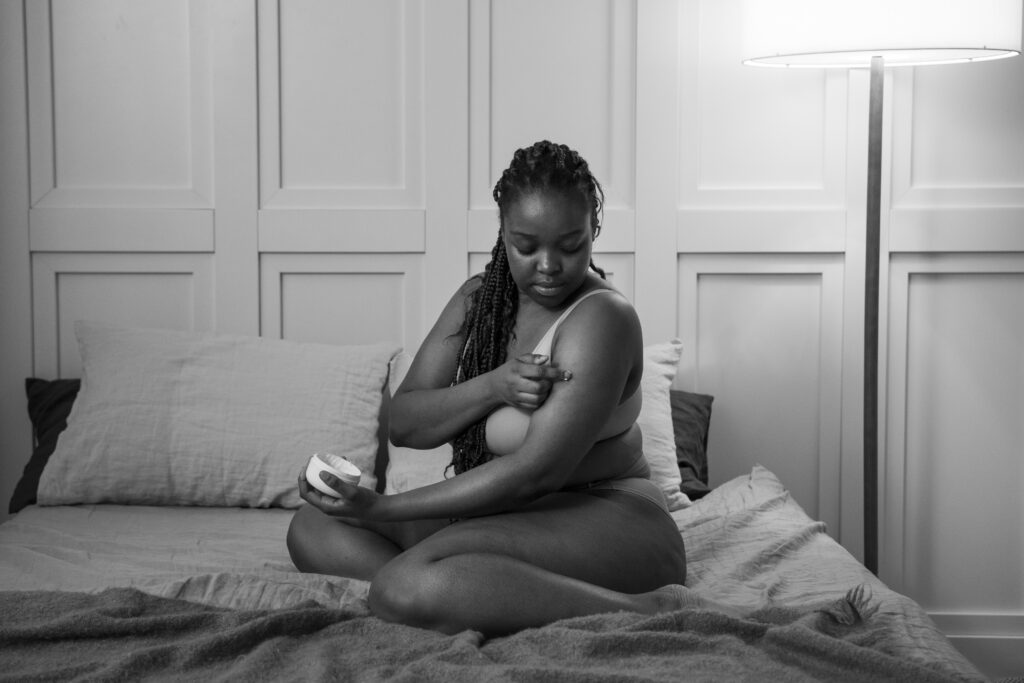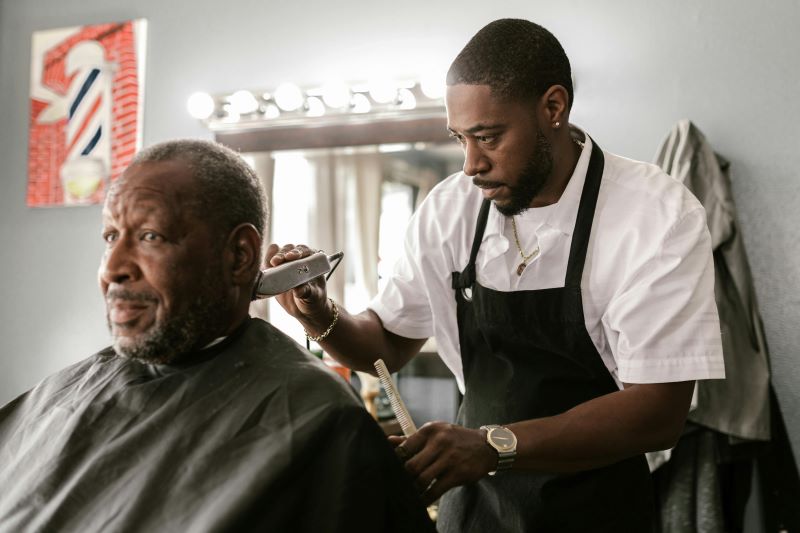Image by Freepik
In 2024, an estimated 310,270 women in the United States will be diagnosed with invasive breast cancer, while about 42,250 women will die from breast cancer, according to the National Cancer Institute. Many Black women are surprised by a breast cancer diagnosis as they have no family history of the disease or other known risk factors. This unexpected diagnosis can be particularly devastating, as it shatters the assumption that they are somehow immune to the disease. We must understand that no one is immune to the disease, and family history is no guarantee of safety. Why are Black women at higher risk?
The fight against breast cancer is more complex for Black women, as they face unique challenges and disparities in healthcare that contribute to higher mortality rates. While Black women are diagnosed with breast cancer at a slightly lower rate than White women, they are more likely to die from the disease. According to the American Cancer Society, Black women are about 40% more likely to die from breast cancer than White women. Several factors contribute to the higher mortality rates such as limited access to quality healthcare, delayed diagnoses, aggressive tumor types, which are more prevalent among Black women, genetics, and biological factors, among others. Many Black women face barriers in getting the screenings, medications, and follow-up care they need, which significantly impacts outcomes.
Breast Cancer Awareness Month has been celebrated in October since the eighties. It is called “Pink October”, a time when pink ribbons and stories of courage flood our communities. As we mark Pink October this year, more awareness on how breast cancer impacts the Black community and how we can empower each other to take action needs to be raised. It is now the second most commonly diagnosed cancer globally. Therefore, understanding its impact is crucial, not just for those directly affected but for everyone who wants to be a part of the solution.
Why Early Detection Matters
\The earlier breast cancer is caught, the better the chances of successful treatment. According to the American Cancer Society, when breast cancer is detected early, and is in the localized stage, the 5-year relative survival rate is 99%.
Methods for early detection include monthly breast self-exams, and scheduling regular clinical breast exams and mammograms. The purpose of self-examination is to become familiar with the look and feel of your breasts so that you can quickly notice any changes and seek professional help. This can make all the difference in the fight against breast cancer. The American Cancer Society recommends that women at average risk start getting mammograms at age 40, but for Black women, this conversation should happen even earlier. Awareness of family history is also essential in catching the disease in its early stages when it’s most treatable. Increased awareness and early screenings are our powerful weapons for improving survival rates.

Image by Freepik
Lifestyle Behaviors and Breast Cancer Risk
Certain breast cancer risk factors are related to personal behaviors, such as diet and physical activity.
Dr Adewunmi Alabi, a consultant clinical and radiation oncologist, acknowledges that lifestyle plays a significant role.
“Obesity is one of the risk factors for breast cancer, and so the patients must have this information that their lifestyle is very important. Exercise, and physical activities all help to control obesity so that it is not a risk factor for them.”
Reports have it that women who are overweight tend to have higher blood insulin levels. Higher insulin levels have been linked to some cancers, including breast cancer. Although the specifics of how physical activity might reduce breast cancer risk remain unclear, it appears it may be due to its effects on body weight, inflammation, and hormone levels. Other breast cancer risk factors include:
Sex: Being a woman, or a person assigned female at birth, puts you at risk.
Age: As with many other diseases, the older you get, the higher your risk of breast cancer.
Family history: Women with close relatives, especially sisters, mothers, or daughters, who have been diagnosed with breast cancer have a higher risk of developing the disease.
Not breastfeeding: Most studies suggest that breastfeeding may slightly lower breast cancer risk, especially if it continues for a year or more.
Drinking alcohol: This has been linked to an increased risk of breast cancer.
Genetics: About 5% to 10% of breast cancers are thought to be hereditary. According to Dr Alabi, many who have breast cancer in their family are at higher risk.
We don’t know what causes breast cancer. But we do know there are factors you can control to reduce your risk. You can take proactive steps by avoiding habits such as smoking and excessive drinking. Women can make a difference in their care by understanding these risk factors. Though no one can control whether or not they get breast cancer, there is, however, a lot we can do to keep ourselves, and our breasts, as healthy as possible. Wondering how you can make a difference in your own life and that of other women around you? Here are a few tips.
Know what’s normal for your breast: Our bodies are unique, and so what’s normal for your breasts may not be the same for someone else. Your breasts are like fingerprints, unique to you, so it’s important to be aware of how your breasts normally look and feel and take action if you notice anything unusual. This is the first step in taking charge and safeguarding your breast health.
Get screened: It’s no news that the earlier you detect it and get effective treatment, the more likely you are to survive. If you’re over 40 or at high risk for breast cancer, schedule regular mammograms.
Know your family history and other risk factors: The reality is that breast cancer doesn’t discriminate and everyone is at risk. However, certain demographics, including Black women, face a heightened risk. If breast cancer runs in your family, it is best to talk to your doctor about your family health history and other risks. It’s also important to start screenings earlier and be vigilant about any changes in your body.
Spread awareness: Spread the word about breast cancer awareness. Encourage the women in your life to get screened, share resources, and advocate for better healthcare. Support policies that ensure all women, regardless of race or socioeconomic status, have access to quality breast cancer care and treatment.
Men also have a role to play as breast cancer can also affect them, even though it is often seen as a “woman’s disease.” They can support their loved ones and actively participate in awareness campaigns.
Breast cancer awareness is much more than wearing a pink ribbon – it’s about taking action. As we commemorate Pink October this year, let’s keep in mind that action is what will make a real difference in the lives of Black women and every other woman around the world.





